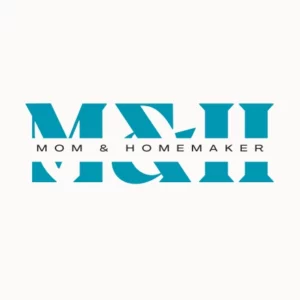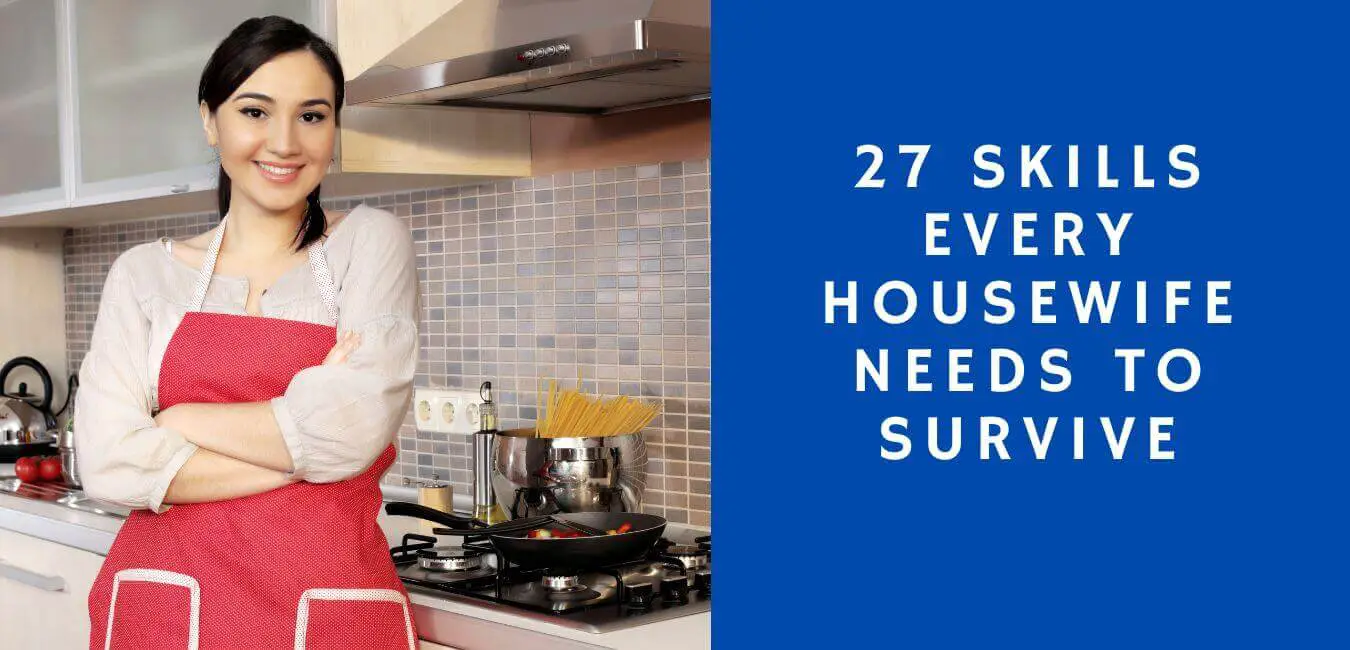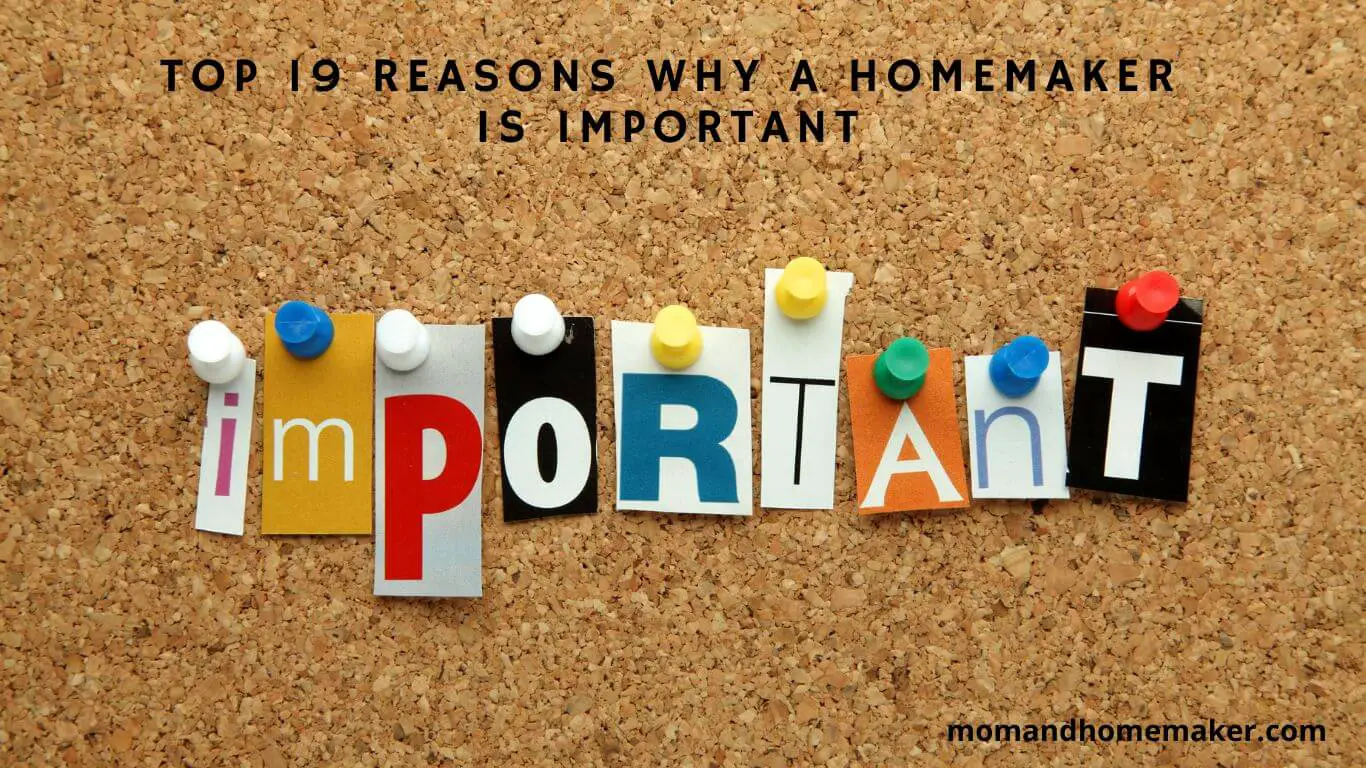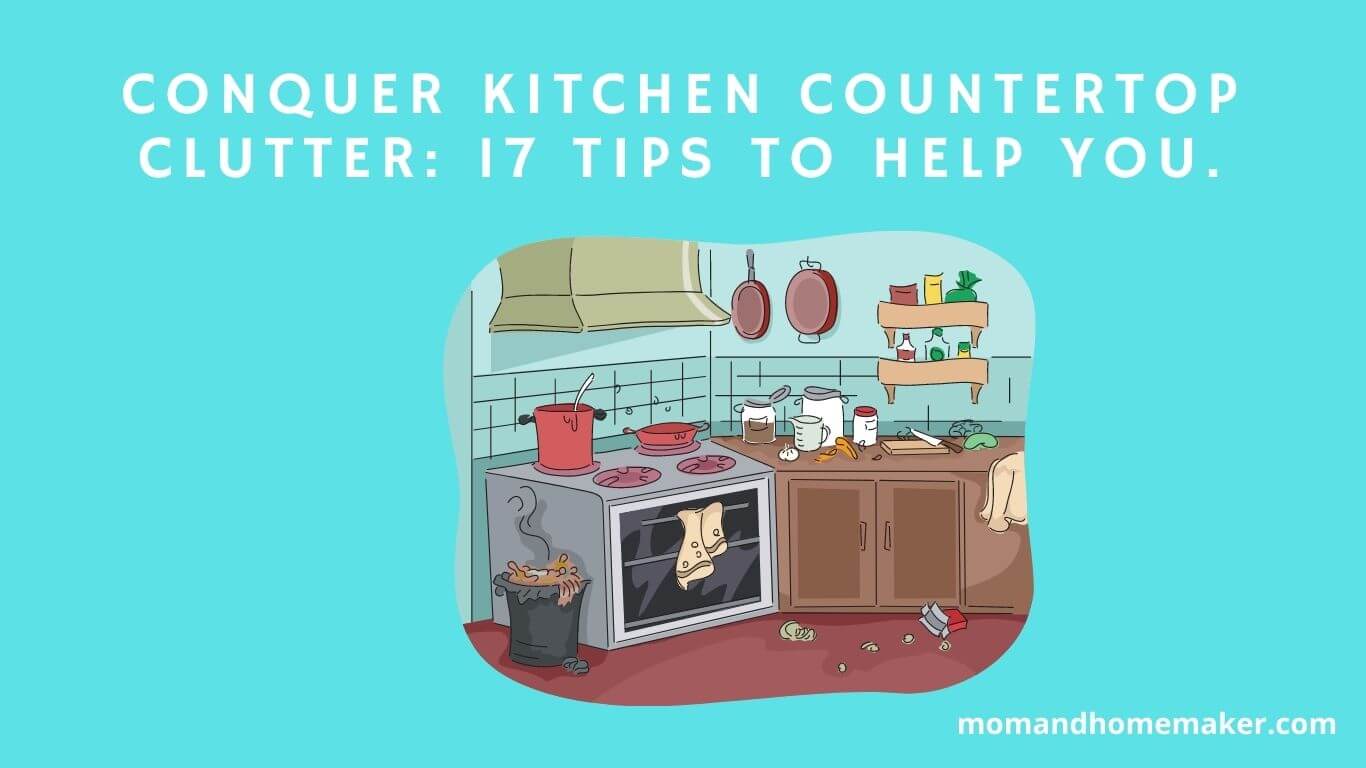If you’re someone who struggles with Attention Deficit Hyperactivity Disorder (ADHD), then you know how challenging it can be to keep your home tidy and organized. From constantly getting distracted to struggling with decision-making, staying on top of household tasks can feel overwhelming. But fear not! There are plenty of ways to improve your home organization skills, even if you have ADHD.
We’ll share some helpful tips and tricks for keeping your living space clutter-free and functional. Whether you’re looking for ways to streamline your cleaning routine or need help creating a system for managing paperwork, we’ve got you covered.
Many people with ADHD find it challenging to maintain tidy and organized living spaces. But don’t worry, there are steps you can take to make the process easier and more manageable. From creating a daily routine to simplifying your living space, we’ll cover all the bases to help you get your home in order.
Table of Contents
10 Organization Tips for People With ADHD
1. Understanding ADHD and its Impact on Home Organization
If you’re struggling to keep your living space in order, it might help to know how your brain’s unique wiring can affect your ability to stay on top of things. People with ADHD have trouble with executive functioning, which includes skills like prioritizing, planning, and organizing.
This means that even simple tasks like keeping a tidy room can feel overwhelming and stressful. It’s important to understand how ADHD affects your ability to organize your home so that you can find strategies that work for you.
One key to organizing your home with ADHD is understanding your triggers. Everyone with ADHD has different triggers, but some common ones include clutter, sensory overload, and lack of structure.
By identifying what triggers your ADHD symptoms, you can start to make changes to your environment that will help you stay focused and on task. For example, you might find that you work best in a quiet, uncluttered space, or that you need to break tasks down into smaller, more manageable steps.
If you’re struggling to organize your home and manage your ADHD symptoms, it’s important to seek professional help. A therapist who specializes in ADHD can help you develop strategies for managing your symptoms and staying organized.
They can also help you work through any emotional or psychological barriers that might be preventing you from achieving your goals. Remember, there’s no shame in asking for help, and seeking professional support can be a powerful step towards living a more organized and fulfilling life.
2. Creating a Daily Routine
To stay on top of your day, start by visualizing a clear path of tasks that you can complete step by step, allowing yourself to feel accomplished and in control. Creating a daily routine is essential for people with ADHD as it helps to establish habits and allows you to focus on the tasks at hand.
Here are four tips for creating a daily routine that works for you:
- Identify your priorities: Start by making a list of the tasks that are most important to you. This will help you to stay focused and on track throughout the day.
- Incorporate self-care: It’s important to make time for self-care activities such as exercise, meditation, or taking a walk. These activities can help to reduce stress and improve focus.
- Use visual cues: Visual cues such as a whiteboard or a planner can be helpful in keeping track of tasks and deadlines. Color coding tasks or using stickers can also make the process more fun and engaging.
- Be flexible: Remember that routines are meant to be flexible, and it’s okay if things don’t always go according to plan. Be kind to yourself and make adjustments as needed.
Incorporating a daily routine into your life can be a game-changer for people with ADHD. Establishing habits and incorporating self-care can make a huge difference in your overall well-being and productivity. Start by identifying your priorities, incorporating self-care, using visual cues, and being flexible.
3. Prioritizing Tasks and Breaking Them Down into Manageable Steps
Prioritizing tasks and breaking them down into manageable steps can greatly improve productivity and reduce overwhelm, allowing you to focus on your goals and achieve success. Time management is crucial for individuals with ADHD, as it can be easy to become distracted or lose track of time.
One way to prioritize tasks is to make a to-do list and rank them in order of importance. This will help you focus on what needs to be done first and avoid feeling overwhelmed by a long list of tasks.
Goal setting is another important aspect of prioritizing tasks. By setting specific goals, you can break down larger projects into smaller, more manageable steps. This will help you stay focused and motivated as you work towards your goals. It can also be helpful to set deadlines for yourself, as this will help you stay on track and avoid procrastination.
Remember to be kind to yourself as you work on prioritizing tasks and managing your time. It can be challenging to break old habits and establish new ones, but with practice and patience, you can develop the skills you need to achieve success.
4. Minimizing Distractions
In order to boost productivity and focus on goals, it’s important to minimize distractions by creating a clear and quiet workspace.
Start by organizing technology. Keep your phone on silent and out of sight, close all unnecessary tabs on your computer, and turn off notifications for apps that aren’t work-related. This will help you avoid the temptation to scroll through social media or answer non-urgent messages.
Another way to minimize distractions is by minimizing sensory overload. If you’re sensitive to noise, invest in noise-cancelling headphones or earplugs. If you find that clutter distracts you, take a few minutes each day to tidy up your workspace.
Having a clean and organized environment can help you focus on the task at hand and avoid being overwhelmed by sensory input. Remember that everyone’s needs are different, so it’s important to experiment with different strategies to find what works best for you.
By minimizing distractions, you can create a more productive and focused workspace that will help you achieve your goals.
5. Developing a System for Paperwork and Mail
Create a streamlined system that allows you to easily access important documents without feeling buried under piles of paper scattered all over your workspace.
Start by organizing your mailboxes and creating a designated mail and paperwork station. Sort your mail daily into categories like bills, personal correspondence, and junk mail to avoid letting it pile up. Place each category in a designated tray or folder, and make sure to discard junk mail immediately.
When it comes to paperwork, begin by creating a filing system that works for you. If traditional filing cabinets don’t appeal to you, consider using a binder with dividers or a desktop file organizer. Label each section clearly and keep documents grouped together in categories like financial, medical, and personal. Regularly purge your files, discarding outdated documents and shredding sensitive information.
Establish a routine for handling paperwork and mail to keep your system running smoothly. Set aside a specific time each day to sort through your mail and file away important documents. Make sure your designated mail and paperwork station is easily accessible and free from distractions.
6. Utilizing Storage Solutions and Labels
You can easily maximize your space and find what you need quickly by utilizing storage solutions and labeling everything in this section. ADHD can make it difficult to stay organized, but with the right techniques, you can conquer clutter and keep your living space tidy. Maximizing efficiency is key, and storage solutions are the perfect way to make the most of your space.
Choosing the right containers is crucial. You need containers that are both functional and aesthetically pleasing. For example, clear bins are perfect for storing items that you need to see and access quickly, while decorative baskets can be used to store items that you don’t need to access as often. To really make the most of your space, consider using vertical storage solutions such as hanging shelves or over-the-door organizers.
Labeling everything is also important. This helps you quickly and easily find what you need, and it also helps you put things back where they belong. Use a label maker or create your own labels with sticky notes and a marker. To really make your labels stand out, use color-coded labels. This makes it easy to quickly identify what you’re looking for, even if you’re in a hurry.
7. Simplifying Your Living Space
Simplifying your living space can transform it into a peaceful oasis, where clutter and chaos are replaced with calm and tranquility. A great way to start is by adopting minimalist decor. This means keeping only the essentials and removing anything that doesn’t serve a purpose or bring you joy.
Minimalist decor doesn’t have to be boring or sterile, it can be warm and inviting, as long as you stick to a color palette and choose items that are functional and beautiful.
Another way to simplify your living space is by investing in functional furniture. Think about multi-purpose pieces that can serve multiple functions, like a coffee table with built-in storage or a bed with under-bed drawers. This will not only help you save space, but it will also make it easier to keep your home organized.
When choosing furniture, prioritize quality over quantity. Splurging on a few high-quality pieces that will last for years is better than buying cheap furniture that will fall apart in a few months.
By simplifying your living space, you’ll not only make it easier to keep it clean and organized, but you’ll also reduce the mental load that comes with clutter and chaos. A tidy home can have a positive impact on your mental health, making you feel calmer and more relaxed.
8. Getting Rid of Clutter
Decluttering strategies are essential for people with ADHD, as clutter can quickly become overwhelming and stressful. Minimalist living is an excellent approach to decluttering, as it encourages us to live with only the things we need and love.
To start decluttering, take a walk around your home and identify areas that need decluttering. You can do this by creating a list of areas that need attention. Once you have your list, start with the area that bothers you the most. This could be your bedroom, kitchen, or living room.
Begin by removing items that you no longer use or need. You can donate, sell, or recycle these items to make the process more sustainable.
As you declutter, create three sub-lists to help you visualize what your space could look like. First, imagine a living room with only a sofa, coffee table, and a few decorative items. Second, picture a bedroom with only a bed, bedside table, and a few sentimental items. Finally, envision a kitchen with only the essentials, like a stove, fridge, and a few cooking utensils.
By visualizing these minimalist spaces, you can see the potential of decluttering and how it can transform your living space into a peaceful oasis. Remember, decluttering is a continuous process, and it’s okay to start small. Take it one room or area at a time and be patient with yourself.
As you declutter, you’ll start to notice how much lighter and less stressed you feel. Minimalist living can help you focus on what truly matters in life, and that’s a beautiful thing.
9. Enlisting Help from Friends and Family
Enlisting the help of loved ones can not only make the decluttering process more enjoyable, but it can also strengthen relationships and create a sense of community in our lives.
When it comes to organizing your home with ADHD, it’s important to remember that you don’t have to go it alone. Brainstorming solutions with friends and family can help you come up with creative ideas for organizing your space that you may not have thought of on your own. Plus, having someone to bounce ideas off of can make the process feel less overwhelming and more manageable.
Setting boundaries with your loved ones is also important. While it’s great to have their support, it’s important to communicate your needs and limits when it comes to organizing your space. For example, if you need quiet time to focus on decluttering, let them know.
Alternatively, if you need someone to keep you accountable and motivated, ask for their help. By setting clear boundaries and communicating your needs, you can ensure that everyone is on the same page and working towards the same goal.
Remember, organizing your home is not just about creating a clean and tidy space. It’s also about creating a sense of calm and order in your life.
10. Celebrating Progress and Staying Motivated
You can stay motivated on your journey to decluttering by celebrating small wins along the way. It’s important to recognize and acknowledge the progress you’re making, no matter how small it may seem.
For instance, if you’ve successfully decluttered your desk, take a moment to appreciate the fact that you can now work more efficiently. Celebrating these small victories can give you the inspiration and motivation you need to keep going.
Finding inspiration can also help you stay motivated. Look for people who’ve successfully organized their homes despite having ADHD. You can find inspiration in their stories and learn from their strategies.
Don’t be afraid to ask for advice or tips from friends or family members who have experience in this area. It’s also a good idea to follow blogs or social media accounts that focus on home organization for people with ADHD.
Decluttering and organizing your home is a journey, not a destination. It’s important to celebrate the progress you’re making, no matter how small it may seem. By celebrating small wins and finding inspiration, you can stay motivated and keep making progress towards your goal of a more organized and peaceful home.
Conclusion
As someone with ADHD, you know that home organization can be a challenge. By implementing these tips and tricks, such as breaking tasks into smaller steps and using visual cues, you can create a more organized and functional living space. Stay patient with yourself and celebrate the progress you make along the way. With consistency and dedication, you can develop habits that will help you maintain a clutter-free environment long-term. Take a deep breath, pick one area to tackle today, and enjoy the benefits of a more organized home.












